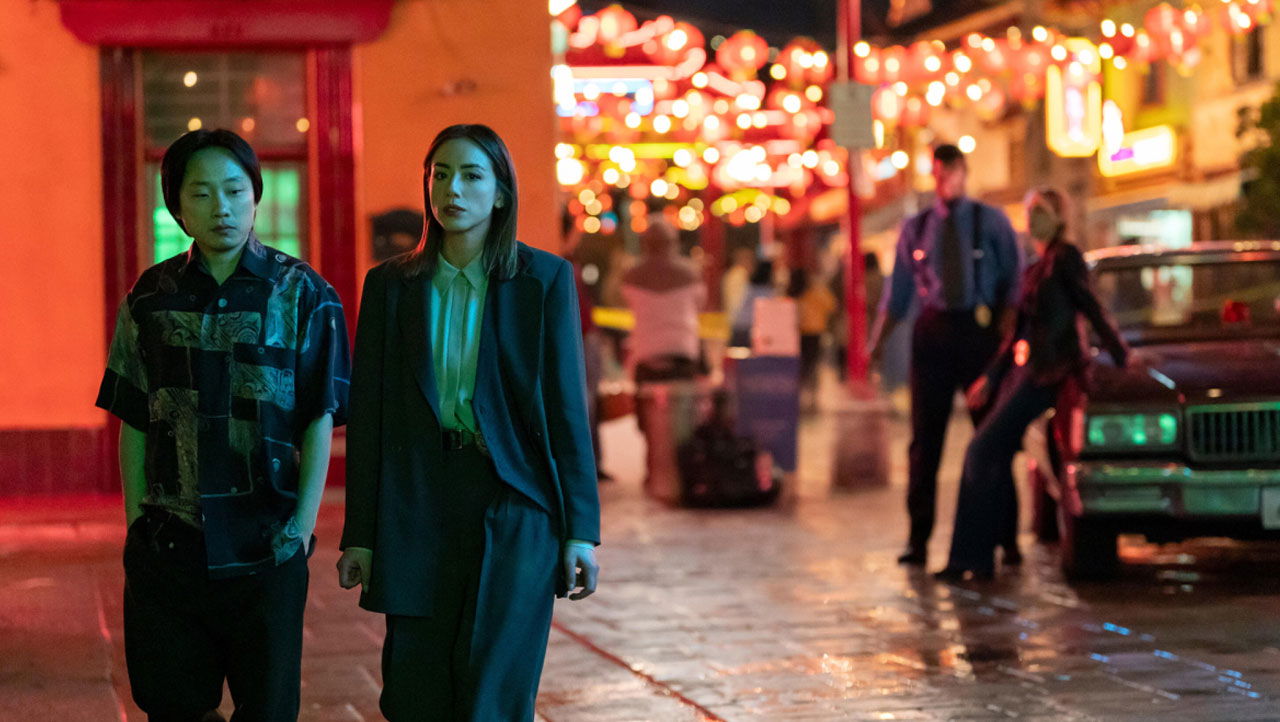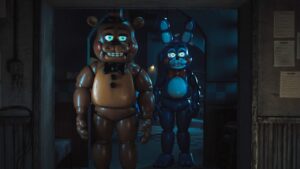Interior Chinatown is a new Hulu miniseries by creator Charles Yu, who also wrote the award-winning novel of the same name. The story follows Jimmy O. Yang as Willis Wu, a man who exists as a generic background character in the fictional police drama Black and White.
It’s a reality-bending satire that dissects the stereotypes, treatment and limited media representation of Asian Americans. While critiquing television crime dramas like CSI and Law & Order, Charles Yu crafts the most compelling mystery in the genre while also being the funniest.
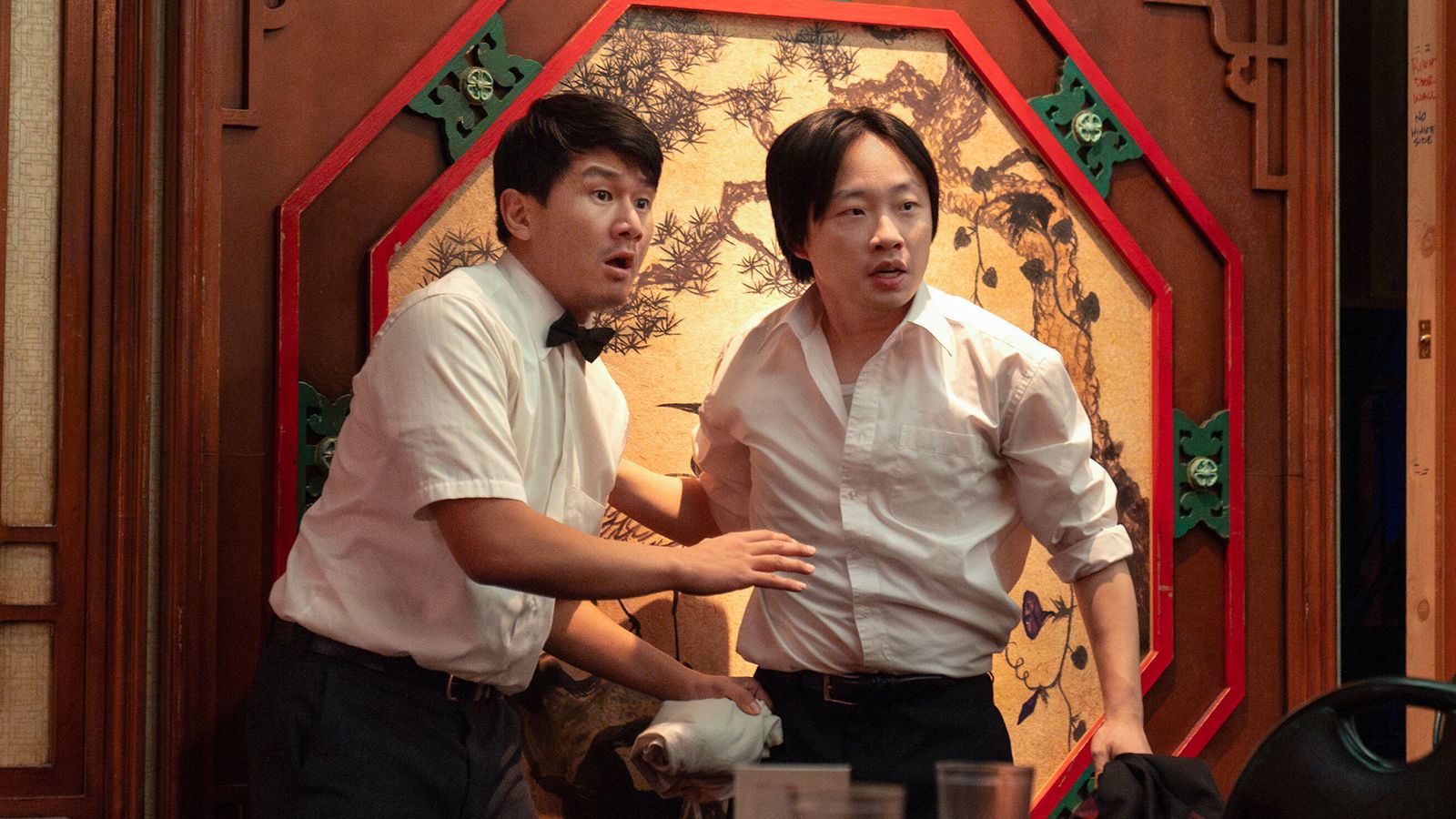
Willis Wu perceives his life as ordinary and uneventful. He’s a waiter in his uncle’s Chinese food restaurant, lives in a single-room occupancy, and the highlight of his day is taking out the trash with his best friend, Fatty Choi (Ronny Chieng). He’s always dreamed of becoming something greater, but for guys in Chinatown, the only way up is to prove yourself in a fight and, hopefully, become known as a “Kung Fu Guy,” like Willis’s brother did—before he went missing.
One night, while taking out the trash, Willis witnesses a kidnapping, a crime that becomes a plot point for the latest episode of Black and White, the police procedural that Willis’s entire world exists within. The event places him in the show’s cold opening and ties him to its story.
Black and White usually stars detectives Turner and Green (Sullivan Jones and Lisa Gilroy), but for this story arc, the duo is stuck with a new sidekick: Chinatown expert Lana Lee (Chloe Bennet). Like Willis, Lana suspects something is wrong with this reality, and together they begin an investigation into Chinatown’s pervasive crime wave and the disappearance of Willis’s brother.
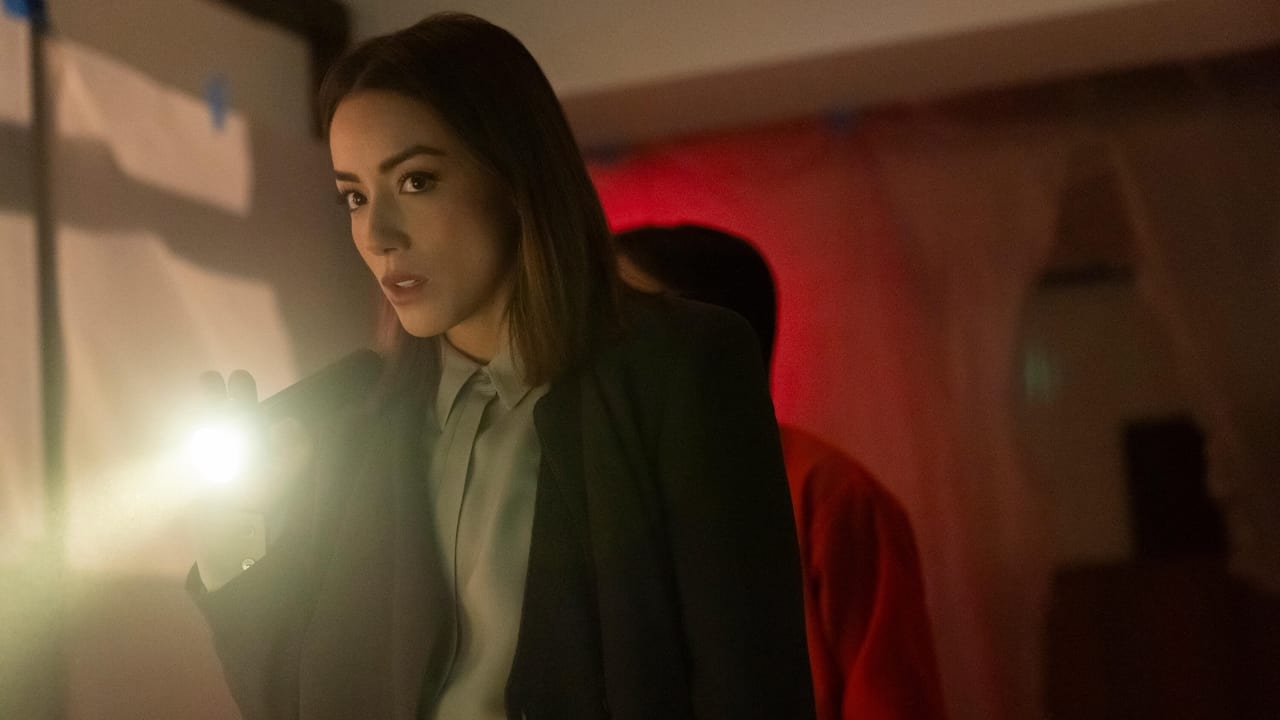
It’s a story about reclaiming agency and achieving unexpected things under the weight of unfair expectations. The world of Interior Chinatown is filled with doors locked to Willis. Even if others pass through effortlessly, the rules governing this universe resort to cartoonish antics to ensure they stay shut to him.
“Interior Chinatown tackles difficult subject matter but never lets the weight of what it’s exploring get in the way of having a good time.”
The central gag is how the cosmos bends around Turner and Green to accommodate their reality. The detectives are always accompanied by their theme song, which follows them diegetically. As they approach a scene, the music gets louder, and the vibrant colours of Chinatown are replaced by a harsh, high-contrast light with a gaudy blue tint. The framing also changes, forcing Willis out of the shot, obscuring his face or making the background extras hostile towards him. And if he can’t be made invisible, he’s treated as if he were.
It’s almost a heist story, where Willis has to use the role of “Generic Asian Man” (the title of the first episode) as a Trojan horse to sneak into the world of “Black and White” to steal back control of his destiny. But the mere act of Willis asserting himself or Lana being competent is enough to start pulling on the threads holding this world together. As they become harder to ignore, the show’s reality starts to fray beyond repair.
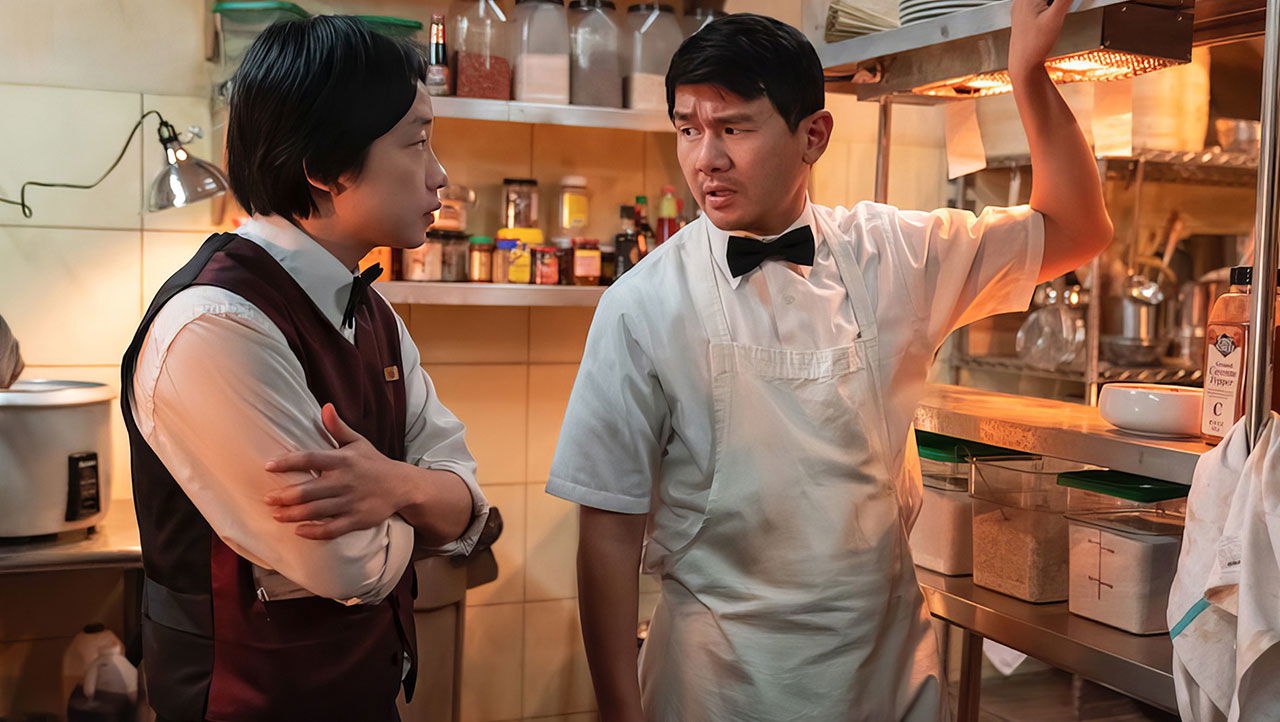
The pacing and structure of Interior Chinatown are incredible. Each episode unfolds with a range of potlines that use different emotional tones to cover the same ground, crossing multiple realities without becoming confused. Storylines play with timing and routine, restructuring familiar sets into liminal nightmares, almost shifting the vibe into horror territory.
Interior Chinatown tackles difficult subject matter but never lets the weight of what it’s exploring get in the way of having a good time. Like Willis, the series subverts the rules and expectations of what it’s supposed to be to make a clear point. It’s an intricate story that’s expertly told, though at times it seems to lose faith in subtlety and starts flat-out explaining what it’s been trying to say. It’s a rare slip, though; overwhelmingly, the narrative is earnest, uncynical, heartwarming and funny.
The formula of prestige television was figured out decades ago, and in the age of streaming, we’ve become spoiled for choice when it comes to high-quality series to binge-watch. But even if a show is great, it can quickly sink into the sea of content, becoming completely forgotten by the next wave of new releases.
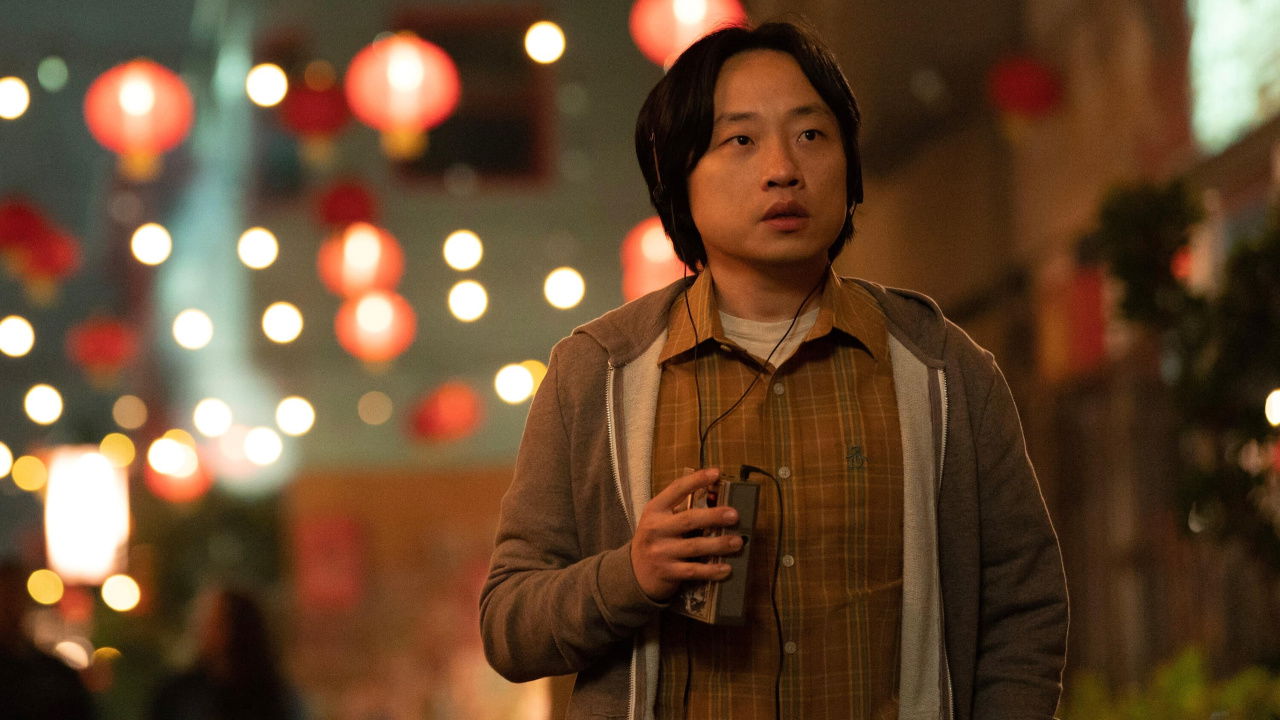
What makes Interior Chinatown exceptional is that it uses many familiar beats to create something that feels entirely new. It also stands out as special while having something meaningful to say.
